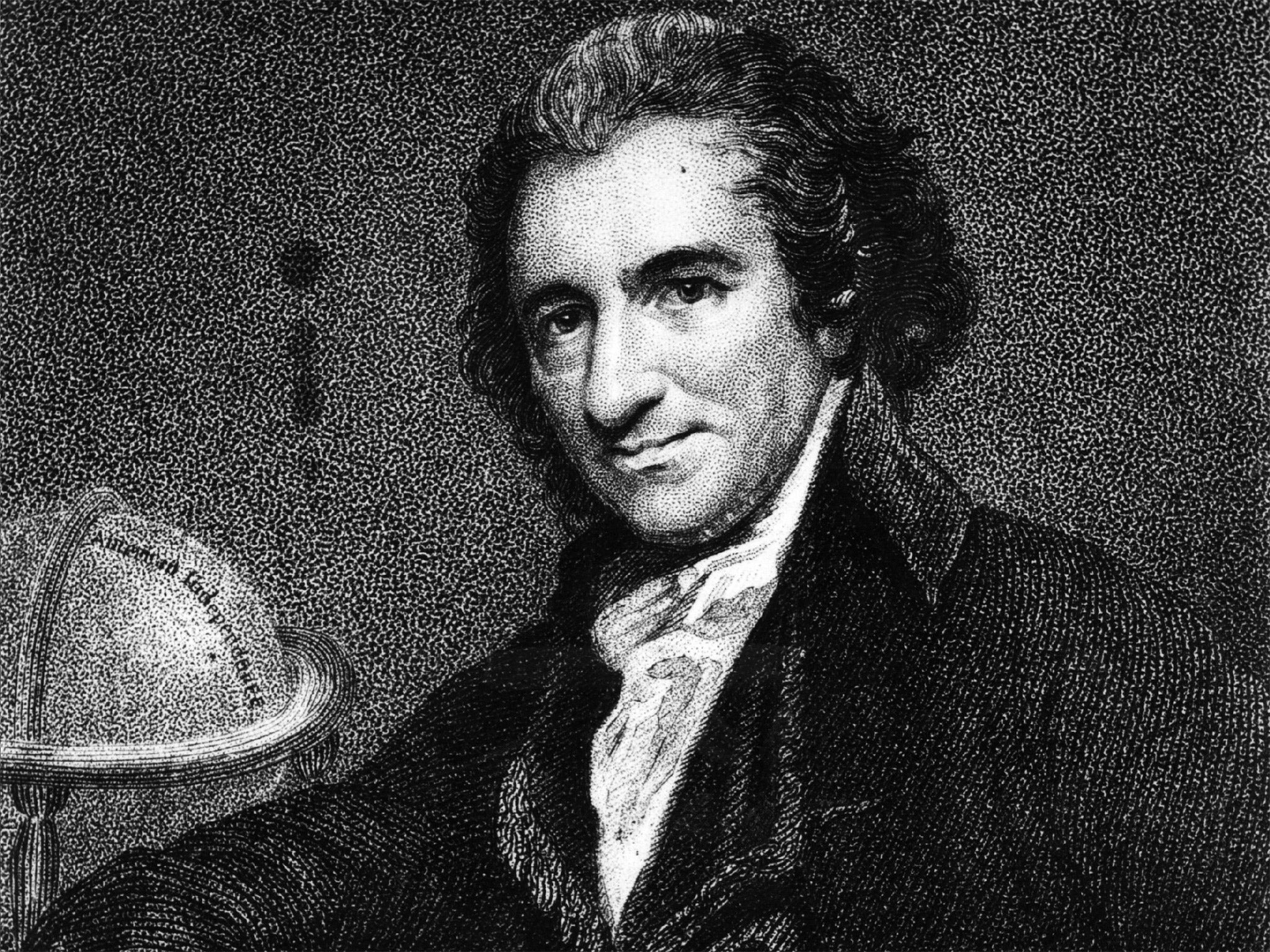Thomas Paine claims: A huge house of an argument built on slender stilts
The '6,000-word narrative' is perhaps 20 pages out of 300 pages of 'Rights of Man'

Your support helps us to tell the story
From reproductive rights to climate change to Big Tech, The Independent is on the ground when the story is developing. Whether it's investigating the financials of Elon Musk's pro-Trump PAC or producing our latest documentary, 'The A Word', which shines a light on the American women fighting for reproductive rights, we know how important it is to parse out the facts from the messaging.
At such a critical moment in US history, we need reporters on the ground. Your donation allows us to keep sending journalists to speak to both sides of the story.
The Independent is trusted by Americans across the entire political spectrum. And unlike many other quality news outlets, we choose not to lock Americans out of our reporting and analysis with paywalls. We believe quality journalism should be available to everyone, paid for by those who can afford it.
Your support makes all the difference.This is a fascinating and interesting discovery but I think it a misleading take on what is happening.
I would agree with Jonathan Clark in that I think it was possibly true Paine got the 6,000-word narrative from another source. But in my opinion, what’s important isn’t to state the narrative of events leading to the Revolution is the most important part. That misses the point.
More broadly, what worries me is one keeps seeing references to the “6,000-word narrative”. That’s perhaps 20 pages out of 300 pages of Rights of Man, when looking at parts 1 and 2. To read the entirety of the text differently on the basis of who wrote this 6,000-word section, and discard the relevance of the rest – that’s wrong. Rights of Man is about using the French Revolution to make a case for human rights and the need to reform government. The 6,000-word narrative is a small part embedded in a wider text. Clark builds this huge house of an argument on some pretty slender stilts.
The details of the French Revolution and the events aren’t that important to the ordinary reader – the audience Paine is trying to reach. He wants to move common folk to seek out their rights and to reject monarchy and absolutism. As to the authorship of the 6,000-word section, is it plausible that it was Lafayette? Certainly. Circumstantial evidence suggests it might have been but to say it was is, in my opinion, going too far.
Dr Larkin is at the University of Delaware and an authority on Thomas Paine
Join our commenting forum
Join thought-provoking conversations, follow other Independent readers and see their replies
Comments